Eco China: 5 of the country's coolest green projects
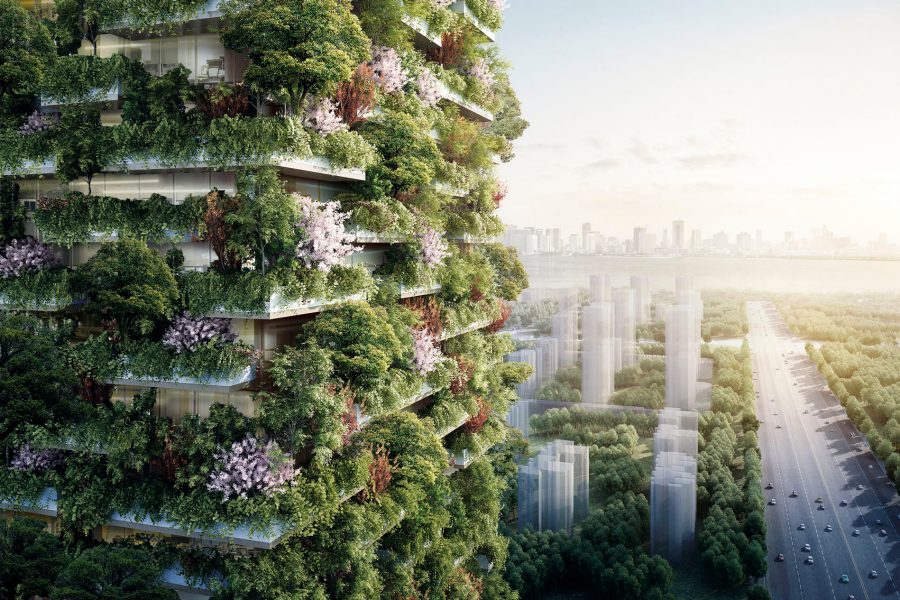
Rise of the vertical forest
Where: Nanjing
What is it: tree-covered buildings and a template for the future
Status: expected completion in 2018
It’s a striking image: 1,100 trees and 2,500 smaller plants bursting out of two buildings amid urban Nanjing. The city’s visitors and residents can look forward to slightly fresher air, too, as the buildings, called the Green Towers, are set to absorb 25 tonnes of carbon dioxide each year while producing oxygen. But more importantly, it’s an example of a forward-thinking solution to the Chinese Mainland’s urban smog that doesn’t take up a large area like a public park. The buildings are the work of Stefano Boeri, an Italian architect famed for his green-covered skyscrapers in Milan. In the Chinese Mainland, Nanjing is just the start for Boeri, whose next project is kicking off in Guangxi province’s Liuzhou, with another proposed for Hebei province’s Shijiazhuang. In these two locations, he envisions entire districts made of hundreds of forested buildings – a template that could have wide influence on China’s urban development and green projects going forward.
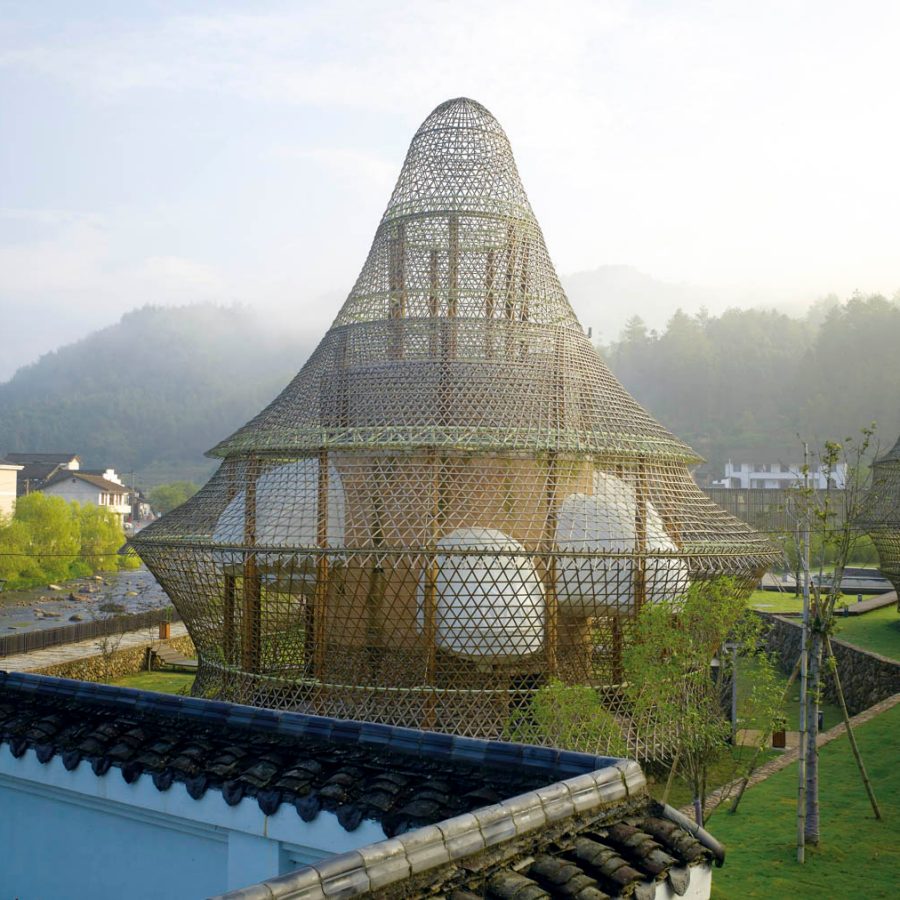
Bamboo town
Where: Baoxi, Zhejiang province
What is it: a showcase of the fast-growing plant’s possibilities
Year completed: 2016
In 2016, the first International Bamboo Architecture Biennale invited a dozen international architects to the heart of rural China, where they each erected a permanent structure made of bamboo. The show has ended, but the installations – including a youth hostel, a ceramics museum and a bamboo bridge – are here to stay, with plans to turn these green projects into a hotel and learning centre for visitors. Amid the country’s hard-edged, smoggy cities made from concrete, the bamboo structures are a reminder of the traditional building material’s strength, versatility, sustainable qualities and elegant aesthetics, and they’ve helped to breathe new life into the small town of Baoxi.
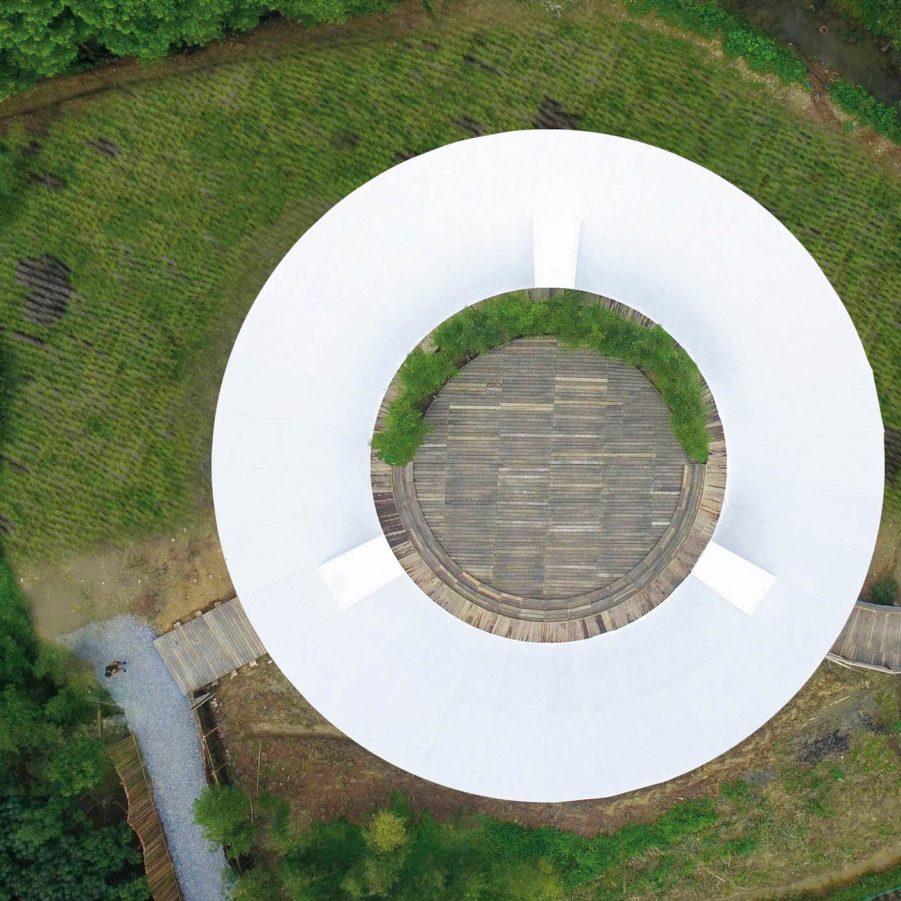
Down on the farm
Where: Lin’an, Zhejiang province
What is it: farm and agricultural education centre
Year completed: 2016
Sun Commune, an initiative on the rural outskirts of Hangzhou, might just have the happiest pigs in the world. There, at the foot of scenic mountains, they bask in a spacious sty with a handsome thatched roof and a pool in their large backyard for swimming. But the space isn’t just for the pigs. There’s a learning centre nearby, which helps to promote the countryside to urbanites – adults and children alike – as an attractive place to live and work. The centre is a modernist architectural marvel in this rice field setting: a ring frame is covered in white canvas, with an open-air deck in the middle. It serves as an overnight camp for schoolchildren, who get to experience something different from their city lives in Hangzhou and Shanghai.
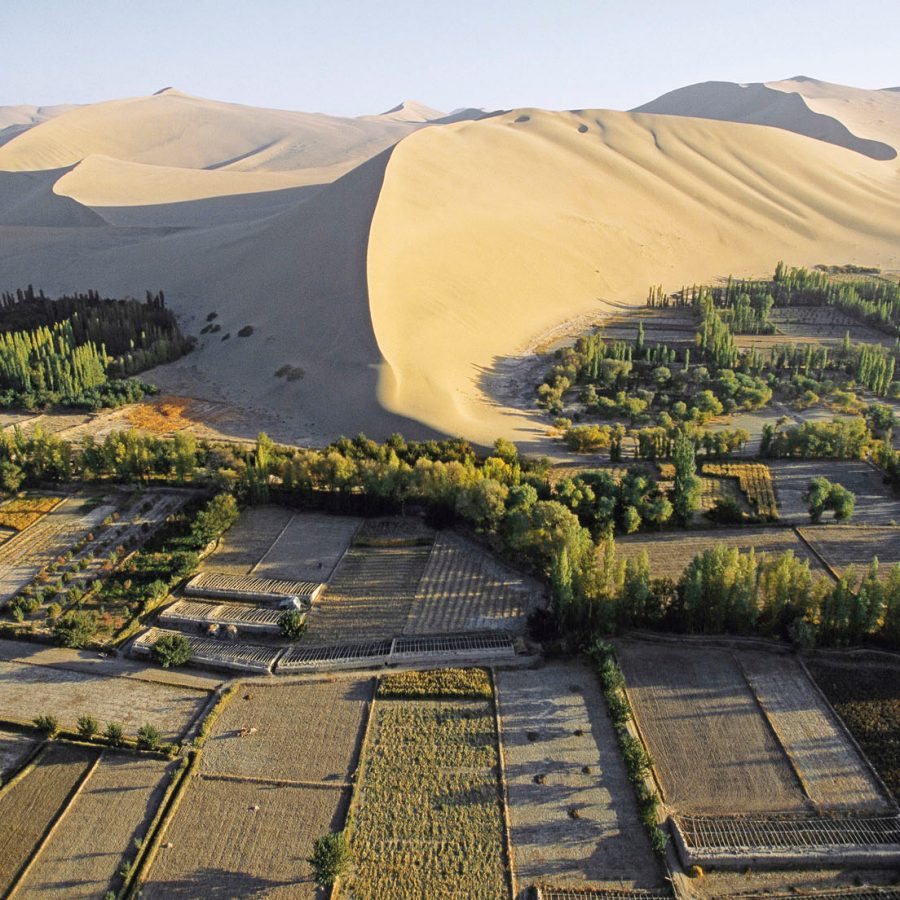
Credit: Getty images
The Great Green Wall
Where: Gobi Desert’s border
What is it: 100 billion trees to stop the desert from spreading
Status: under way with expected completion in 2050
China is fighting desertification, which is when land becomes increasingly dry, destroying plants and driving out wildlife. The main cause of this is the Gobi Desert’s encroachment into arable areas due to sandstorms. The country has devised an unlikely way of fighting back: trying to plant 100 billion trees along the Gobi’s 4,500-kilometre border. Billions of trees have already been planted, in an extremely large area known as the Great Green Wall. And while many scientists are sceptical that planting trees will make a difference, there don’t appear to be any plans to change the programme, which started in 1978 and is expected to go on until 2050.
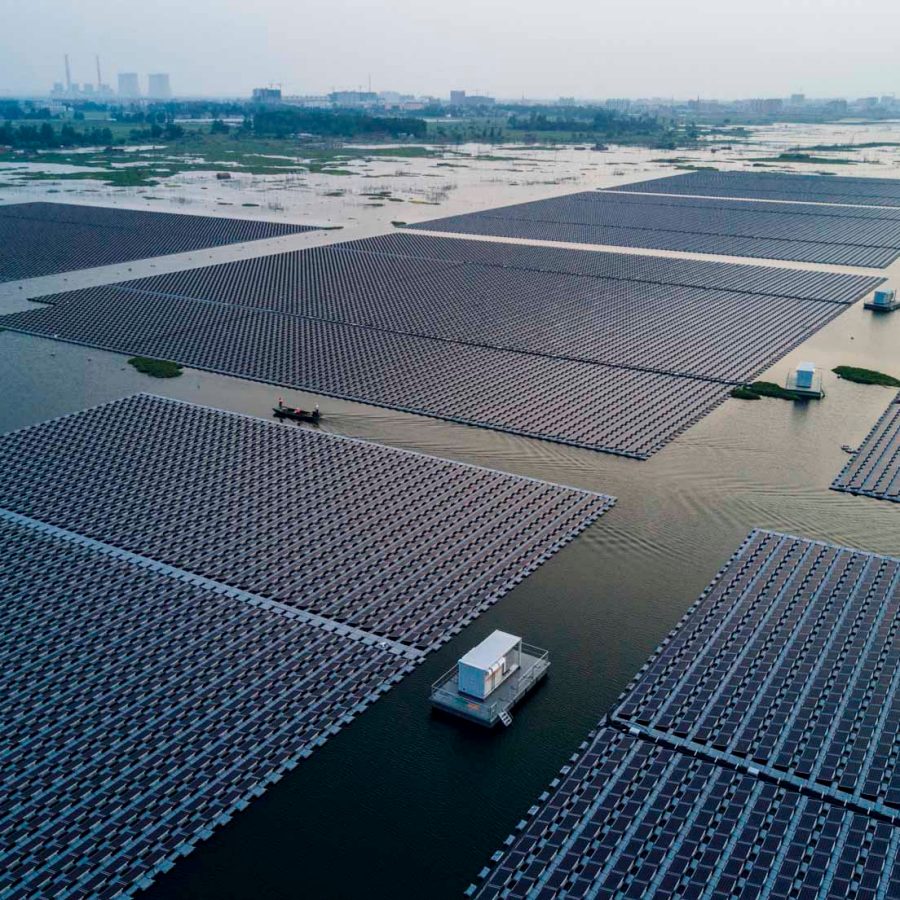
Credit: Getty Images
Here comes the sun
Where: Huainan, Anhui province
What is it: The world’s largest floating solar farm
Year completed: 2017
Anhui province’s symbol of clean energy wasn’t always so clean: the world’s largest floating solar farm started out as a coal mine. When the mine became flooded with groundwater, the government built an artificial lake there instead. Now that lake floats with about 120,000 solar panels, which can power up to 15,000 homes. This transformation from coal mine to solar farm jibes with China’s general direction of investing in clean energy projects. It’s not the cutest of the Chinese Mainland’s green projects, however – that honour would have to go to the panda power plant in Shanxi province’s Datong, which, yes, resembles China’s national treasure when seen from above.
Hero image: Sterano Boeri Architetti
- China – the Chinese Mainland, Hong Kong SAR, Macao SAR and Taiwan Region
- Hong Kong SAR - English
- Chinese Mainland (China) - English
- Taiwan, China - English
- 香港特別行政區 - 繁體中文
- 中国內地 - 简体中文
- 中國台灣 - 繁體中文
- Africa
- South Africa - English
- Asia
- Bangladesh - English
- Korea - English
- Singapore - English
- Cambodia - English
- 한국 - 한국어
- Sri Lanka - English
- India - English
- Malaysia - English
- Thailand - English
- Indonesia - English
- Maldives - English
- ประเทศไทย - ภาษาไทย
- Indonesia - Bahasa Indonesia
- Myanmar - English
- Vietnam - English
- Japan - English
- Nepal - English
- Vi��ệt Nam - tiếng Việt
- 日本 - 日本語
- Philippines - English
- Australasia
- Australia - English
- New Zealand - English